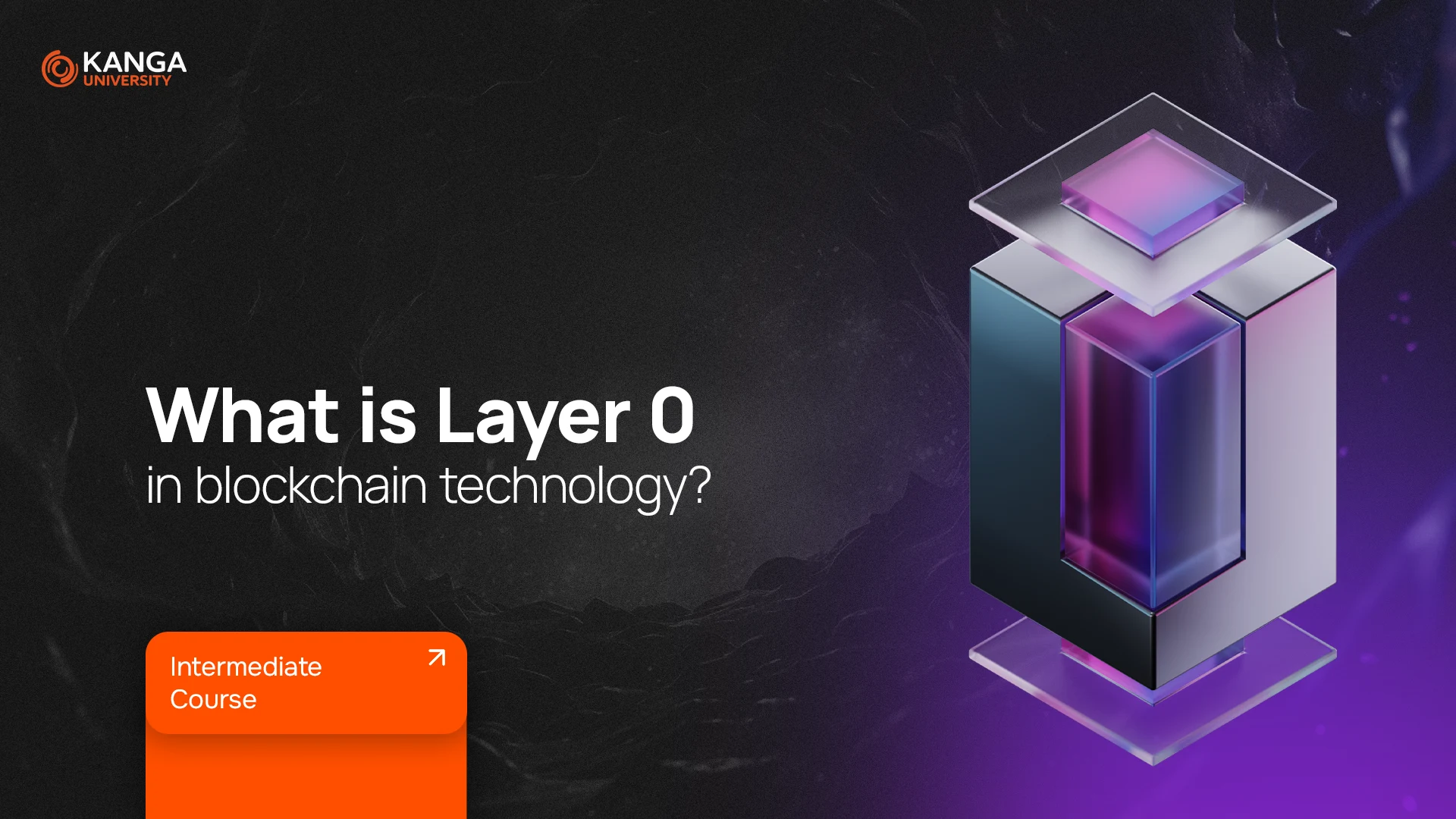
Cryptocurrencies and blockchain technology are evolving at a rapid pace. New projects emerge every day, aiming to improve security, transaction speed, and overall efficiency. At the heart of these innovations is blockchain—a technology that enables value and information transfers without middlemen.
You may have heard of Bitcoin, Ethereum, or Solana—popular blockchain networks. But do you know how they work behind the scenes? That’s what today’s lesson is about. You’ll learn what Layer 0 is, how it influences blockchain development, and why it’s such an important technology.
How Does Blockchain Work? A Simple Breakdown of Layers
To understand Layer 0, let’s first look at how blockchain systems are structured. They can be divided into different layers:
- Hardware Layer – Includes servers, user computers, and everything needed for the network to function.
- Data Layer – Stores all transaction information, encrypted and secured against changes.
- Network Layer – Manages communication between computers (nodes) in the blockchain, enabling transactions.
- Consensus Layer – The core of the system, ensuring transactions are legitimate through a network-wide “vote.”
- Application Layer – The interface for users, including crypto wallets, decentralized exchanges, and apps.
Now, let’s dive into Layer 0—the foundation of all these layers.
What is Layer 0 and Why Does It Matter?
Layer 0 is the backbone that supports all other blockchain layers. You can think of it like an operating system for computers—it enables the creation of different blockchains (Layer 1s) that can function independently while staying interconnected.
Thanks to Layer 0:
- Creating new blockchains becomes faster and easier.
- Blockchain networks become more scalable, meaning they can process more transactions per second.
- Different blockchains can communicate with each other, increasing their efficiency.
Some of the most well-known Layer 0 projects include:
- Polkadot – Allows different blockchains to work together.
- Cosmos – Enables the creation of interconnected blockchain networks.
- Horizen – Provides tools for building scalable, customizable blockchains.
Why Do We Need Layer 0?
Blockchain technology faces a fundamental challenge known as the blockchain trilemma—balancing security, decentralization, and scalability. Traditional networks like Bitcoin or Ethereum often have to prioritize one aspect over the others.
Layer 0 helps solve this problem by:
- Improving scalability – allowing for more transactions to be processed at once.
- Enhancing interoperability – enabling different blockchains to interact.
- Increasing flexibility – making it easier for developers to create new solutions without starting from scratch.
How Does Layer 0 Work?
Layer 0 consists of three main components:
- Main Chain – Stores transaction data from multiple blockchains.
- Sidechains – Independent Layer 1 blockchains with their own validation mechanisms.
- Cross-Chain Transfer Protocol – A system that enables tokens and data to move between blockchains.
This setup allows for the creation of faster, more efficient, and highly connected blockchain networks.
Summary
Layer 0 is a crucial part of the blockchain ecosystem. It enables the creation of new networks, improves scalability, and facilitates communication between different projects. Without Layer 0, blockchain development would be much slower and more complex. Thanks to this foundational technology, we are seeing the rise of increasingly sophisticated applications and financial systems.